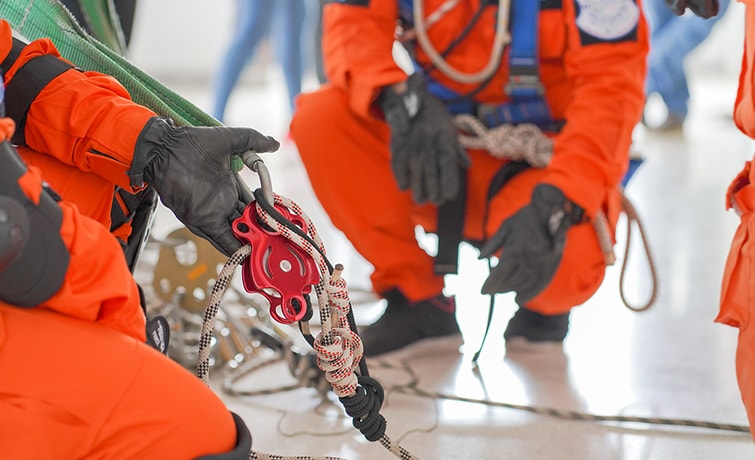Working in the heights is not without the risk of injury, which is why rope access training is essential. It’s not just about access to the rope, but also life-saving information. A rope access course creates the foundation for safe mobility and emergency rescue. The professionals who have completed rope access courses are prepared for emergency response in high-risk areas. If it’s an industrial structure or an imposing building, trained employees are necessary. The industrial rope access training includes the simulation of rescue scenarios, which build confidence. These skills are crucial during real emergencies. When you have rope access certification, participants prove they’re ready to act safely and quickly. The rope access course is more than just a technique; it’s a lifeline. Starting from IRATA Level 1 instruction, students start building essential safety and rescue abilities. This IRATA niveau one rope accessibility course was designed to instruct how to maneuver efficiently and aid others when required. This IRATA Level 1 course covers emergency techniques as part its underlying structure. Successful completion earns an IRATA certification, which proves your readiness for roles on-site. If you are searching for additional details on irata certification, just go to the previously mentioned website.
This rope access course is internationally recognized and is the foundation of an effective professional experience. IRATA training provides essential safety procedures, checks, and risk management. It enables workers to manage emergencies calmly and correctly. Rope access starts with learning however its benefits extend to save lives. As rope access professionals grow in experience They can then advance to IRATA level 3. This qualification includes advanced plan of rescue, team leadership, and risk control. IRATA level 3 training is focused on the management of safety for others and reacting quickly to unexpected events. A trained IRATA rope access technician at level 3 is typically in charge of safety at the site and emergency readiness. They should be capable of helping colleagues in anytime. In addition, the IRATA levels 3.0 CSCS card is a credential to prove their capability for high-risk, construction or other environments. Level 3 holders of rope access are the best in security. Their education ensures crucial actions when every second counts. In rescue situations, confidence and preparation matter most.
This is why industrial rope access instruction is extremely comprehensive. Rope access certification guarantees that employees are not just able to reach high places but also handle emergencies. A IRATA qualification indicates a high standard of discipline as well as skill. Through IRATA training, technicians practice under pressure and master the ability to react without hesitation. These abilities are essential for real-world situations. From offshore platforms to towers There is risk but as is the preparedness. Rope access courses are structured to support quick decision-making and safety in times of emergency which gives teams the confidence to face the unexpected. Rope access training is not just an industry requirement. It’s life-saving planning. It ranges from IRATA levels 1 rope access course all the way to the challenging IRATA rope access 3 course, each course builds the rescue confidence. To complete a rope access course means understanding how to avoid risk and respond when needed. Rope access level 3 professionals are the most experienced in this field. Thanks to the IRATA levels 3.0 CSCS cards, professionals can be fully equipped for industrial demands. Rope access training offers people the ability to protect themselves as well as others. With rope access certification, safety becomes almost second-nature. In highly-risk settings, education really saves lives.

